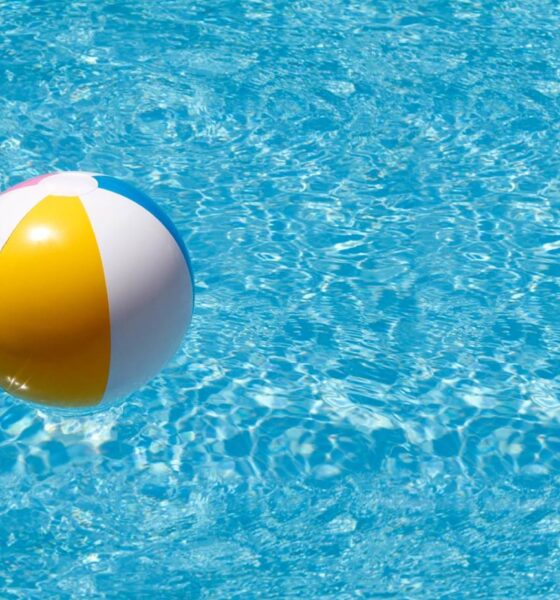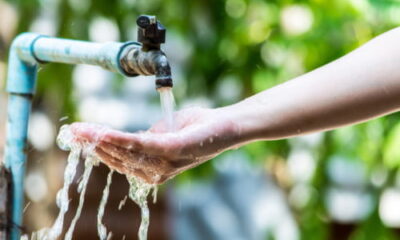

Features
Breathing Easy: How Pool Chemicals Affect Lung Health And Safety
Pools provide a space for recreation and exercise, but the chemicals used to maintain water quality can have unintended effects on respiratory health. Understanding the potential risks helps homeowners, facility managers, and swimmers take preventive steps while promoting sustainability in pool management.
Common Pool Chemicals and Their Effects
Chlorine is the most widely used disinfectant in swimming pools. It kills bacteria and prevents algae growth, but when chlorine reacts with organic matter such as sweat, urine, or skin cells, it can form disinfection byproducts like chloramines. These compounds are volatile and can accumulate in the air above the water, irritating the eyes, throat, and lungs. Frequent exposure to chloramines has been linked to respiratory issues such as coughing, wheezing, and asthma-like symptoms, especially among swimmers who spend long periods in indoor pools.
Other chemicals, including bromine and ozone, can also generate airborne byproducts. While these agents may reduce certain pathogens more efficiently than chlorine, they can still provoke airway irritation in susceptible individuals. Proper ventilation in pool facilities plays a critical role in limiting airborne exposure and maintaining a safer environment for swimmers and staff.
Safe Handling and Storage
Pool chemicals should always be stored in well-ventilated areas and kept dry to prevent accidental releases of toxic fumes. Handling should include personal protective equipment, such as gloves and masks, to reduce direct inhalation of dust or vapors. Equipment like PVC gate valves, used in circulation systems, ensures precise dosing of chemicals and minimizes the likelihood of accidental overexposure, benefiting both health and sustainability goals.
Strategies for Reducing Exposure
Regular water testing helps maintain chemical levels within recommended ranges, reducing the formation of harmful byproducts. Swimmers can protect themselves by showering before entering the pool, limiting the amount of organic matter that reacts with disinfectants. Choosing outdoor pools or well-ventilated indoor facilities further reduces airborne chemical concentration. Pool operators can also consider alternative disinfection systems, such as ultraviolet treatment or advanced oxidation, to reduce reliance on traditional chemicals.
Balancing Safety and Sustainability
Managing pool chemicals carefully supports both lung health and environmental responsibility. Lower chemical consumption reduces the impact on water systems and limits the release of hazardous compounds into the air. Educating pool users about proper hygiene and investing in efficient circulation and filtration systems can create a safer and more sustainable swimming experience.
Understanding the connection between pool chemicals and respiratory health allows individuals and facilities to make informed decisions. Careful chemical management, proper ventilation, and preventive behaviors ensure that swimming remains an enjoyable and safe activity for everyone. For more information, look over the accompanying resource.


 Environment9 months ago
Environment9 months agoAre Polymer Banknotes: an Eco-Friendly Trend or a Groundswell?

 Environment11 months ago
Environment11 months agoEco-Friendly Home Improvements: Top 7 Upgrades for 2025

 Features8 months ago
Features8 months agoEco-Friendly Cryptocurrencies: Sustainable Investment Choices

 Features9 months ago
Features9 months agoEco-Friendly Crypto Traders Must Find the Right Exchange





























